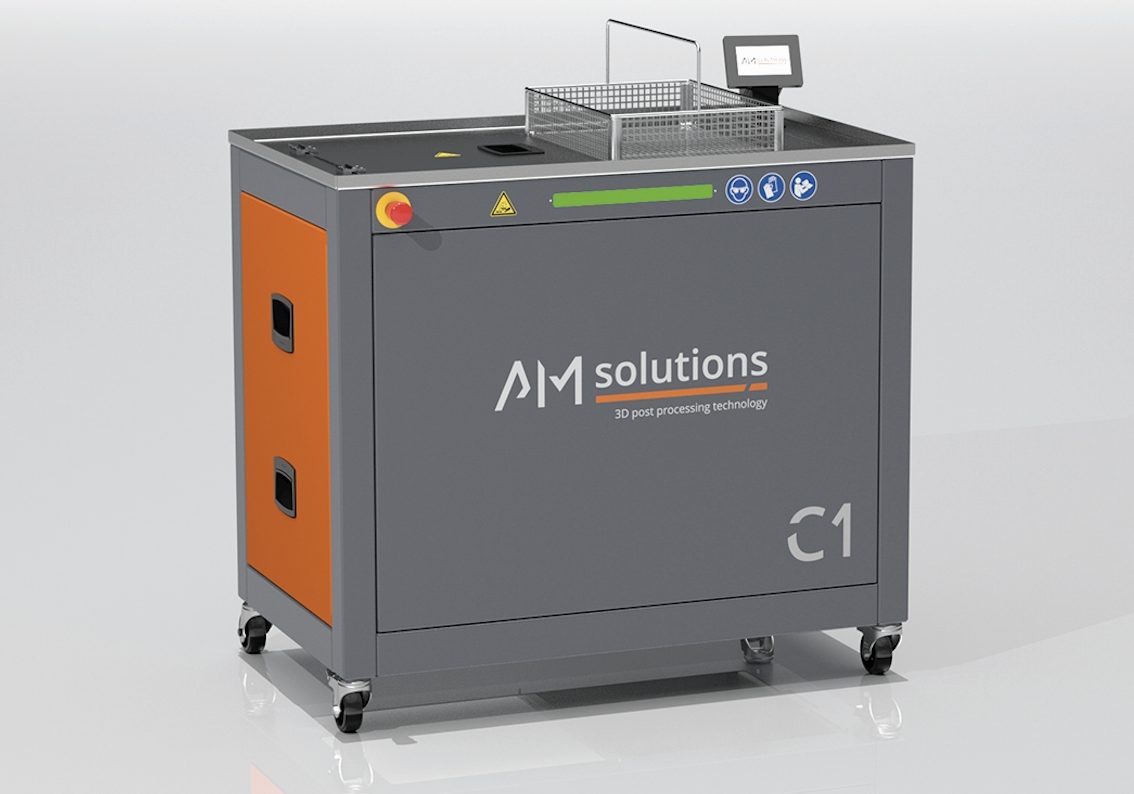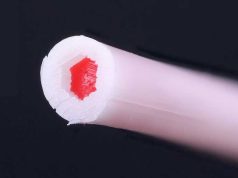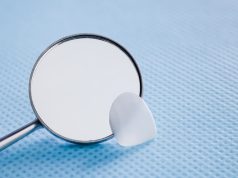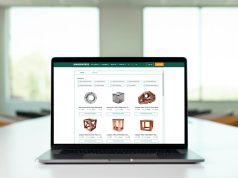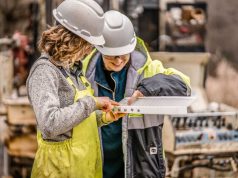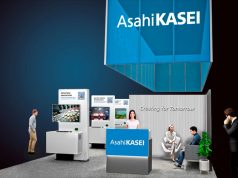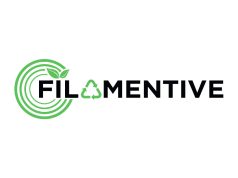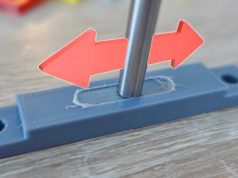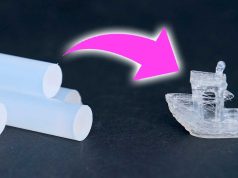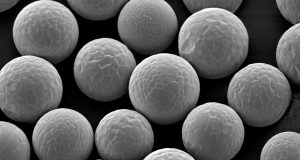The C1 system from AM Solutions – 3D post-processing technology is a post-processing tool for the automated removal of support structures. It meets not only the strictest industrial standards but also fulfils the requirements regarding process stability, consistency of the results, efficiency and traceability.
Photopolymer resins permit the high-quality printing of a large variety of precision functional components and design objects with extremely fine structures and the most complex prototypes. The removal of support structures is in many cases a manual operation that is not only expensive, can produce inconsistent results, but also carries the risk of damaging the components.
The new C1 system from AM Solutions – 3D post-processing technology, a division of the Rösler Oberflächentechnik GmbH, specializes in offering automated industrial solutions for the post-processing and surface finishing of 3D printed components. The compact plug-and-play machine, specially developed for the automated post-processing of 3D printed photopolymer components, just needs a 230 V electrical outlet. The machine controls contain various processing programs that allow the support removal from components of different shapes. In addition, the users can tailor their processing programs to their specific needs. The C1 system can handle 3D printed components with sizes of up to 340 x 440 x 170 mm (L x W x H).
A precisely adapted compound ensures perfect post-processing results
For the post-processing operation, the components are placed in a basket that in turn is dipped into an immersion bath filled with a compound that is precisely adapted to the printing material. After the respective processing program has been called up, the process starts. This is based on chemical, thermal and mechanical effects. The effective interplay of these three mechanisms ensures that the support structures can be reliably removed without affecting the dimensional integrity of the components. This is even the case with extremely delicate components with geometrically complex shapes and very thin walls. According to the manufacturer, the system is also significantly faster compared to similar products.
For the development of the compounds, AM Solutions – 3D post-processing technology took advantage of Rösler’s comprehensive know-how and the company’s chemical lab. With this approach, suitable processing compounds could be developed for any photopolymer. Contrary to the extremely volatile and combustible isopropanol, usually used for this purpose, the compounds utilized by AM Solutions are not hazardous and must, therefore, not be classified and labelled as such per EG standard no1272/2008 (CLP).
Monitoring of the process parameters ensures stable and cost-efficient operations
The C1 system was equipped with various design features that guarantee process stability and minimize operational costs. This includes sensor-controlled monitoring of the compound fill level: As soon as the level drops below a preset value, the new compound is automatically replenished from a special container in the system. An integrated, removable skimming (overflow) screen allows the discharge of removed, gelatinous support material from the compound. This increases the usable life of the compound significantly. Moreover, an integrated sensor monitors the degree of contamination signals when a compound exchange is needed. It ensures that such an exchange does not take place too early or too late. This saves costs and guarantees a consistently high processing quality.
Industry 4.0 – ready for the digital manufacturing environment
Like all post-processing systems from AM Solutions – 3D post-processing technology, the C1 can be easily integrated into digitized manufacturing networks. Key process parameters such as temperature, processing time and the degree of contamination of the compound are continuously recorded with a data logger and can be stored through a USB interface. Industrial demands regarding quality control, process consistency and traceability can, therefore, be fully met for the post-processing of 3D printed components.
(c) Pictures & link: www.rosler.com
Subscribe to our Newsletter
3DPResso is a weekly newsletter that links to the most exciting global stories from the 3D printing and additive manufacturing industry.



